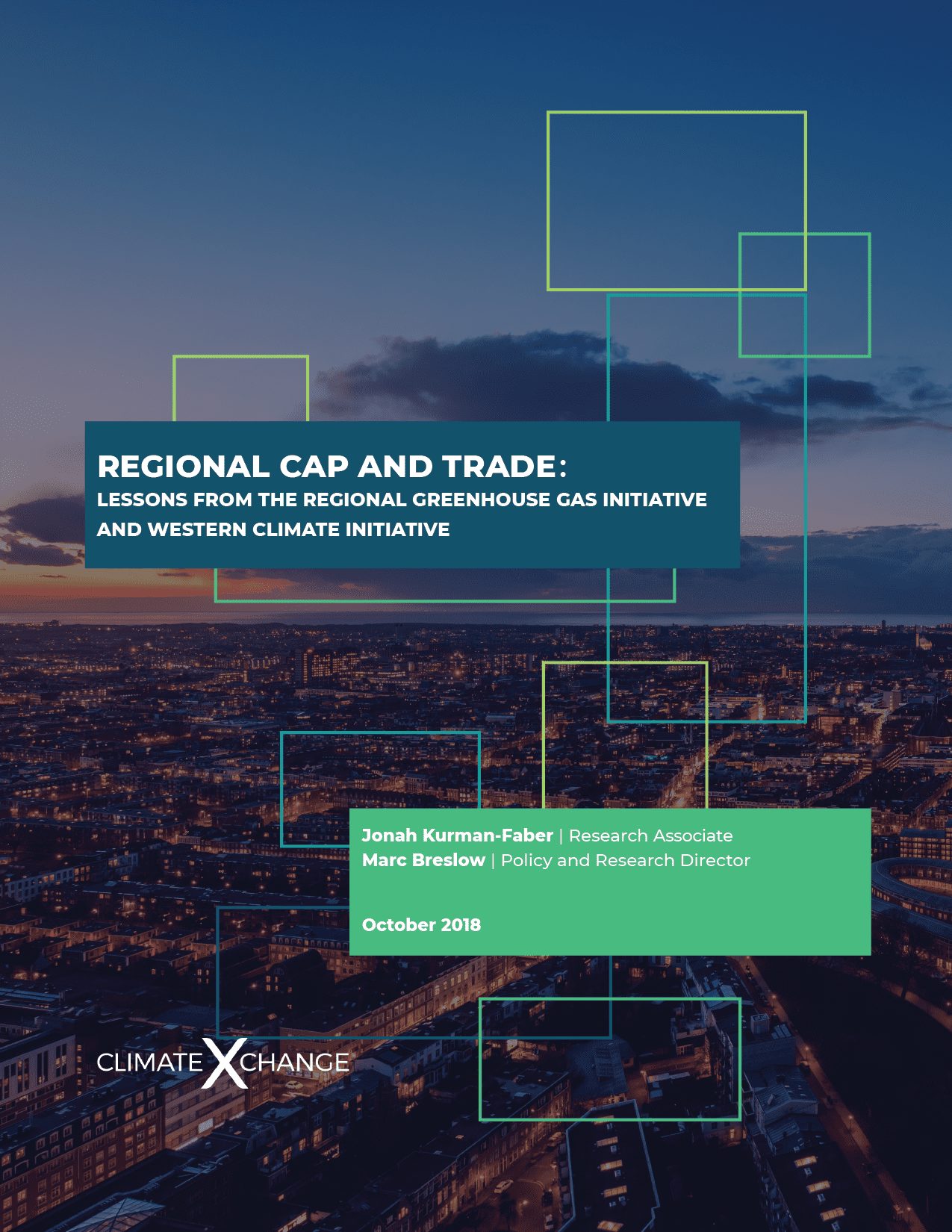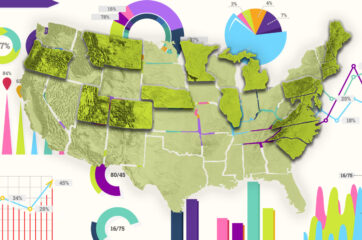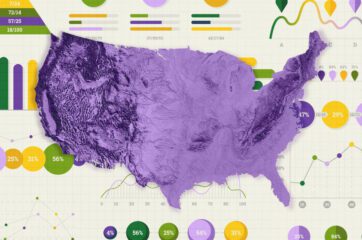TWO LARGE CAP-AND-TRADE SYSTEMS for carbon dioxide emissions (CO2) exist in the U.S. — the Regional Greenhouse Gas Initiative (RGGI) that currently covers ten Northeast and Mid-Atlantic states; and the Western Climate Initiative (WCI), which now includes California and the Canadian province of Québec. Both of these programs, which launched in 2008 and 2012 respectively, were created in the absence of a comprehensive federal policy to reduce carbon pollution.
The two systems have functioned effectively to date, demonstrating that sub-national jurisdictions can unify their environmental aspirations and collaborate on carbon pricing program design. However, the majority of emissions reductions have come from market forces and other clean energy policies in the electricity sector, not from the emissions caps. If cap-and-trade is to have a major impact on cutting emissions in the future, these policies must be far stronger than current designs.
While electricity-sector reductions in both systems have exceeded expectations thus far, emissions in other sectors will likely be far more difficult to cut. The recommendations outlined in this report would prepare these programs to stay on target through 2030 without overburdening their economies.









